SUMMARY
This is AI generated summarization, which may have errors. For context, always refer to the full article.
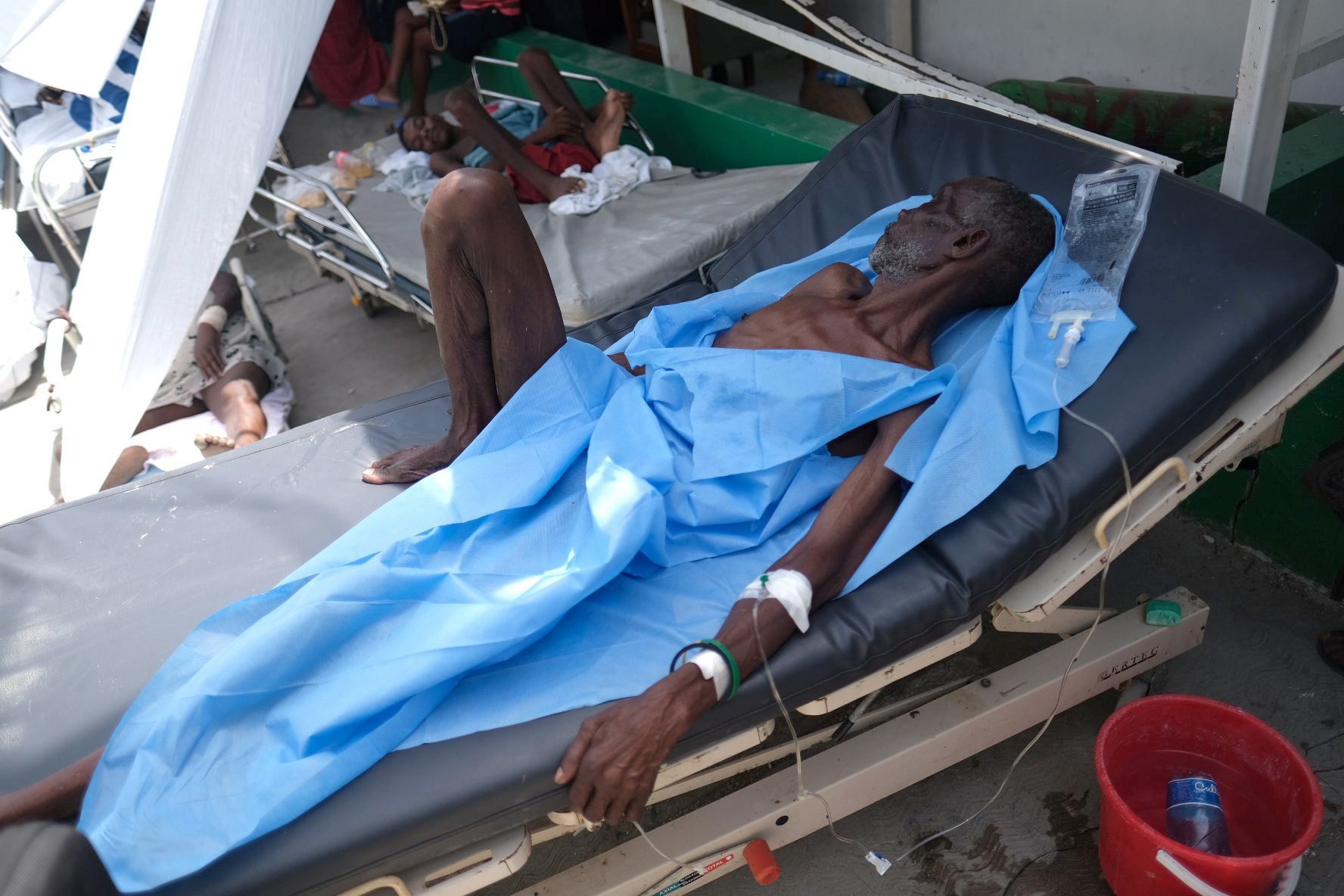
Doctors in Haiti battled on Monday, August 16, in makeshift tents to save the lives of hundreds of injured people, including young children and the elderly, outside hospitals overwhelmed by a major earthquake that killed at least 1,419 people.
Saturday’s 7.2 magnitude quake brought down tens of thousands of buildings in the deeply impoverished country, which is still recovering from another major temblor 11 years ago and the assassination of its president, Jovenel Moise, last month.
Dozens of churches, hotels, homes, and schools were seriously damaged or ruined by the quake. Haitian authorities said on Monday afternoon that 1,419 fatalities had been confirmed with some 6,900 people injured and 37,312 houses destroyed.
But data circulating among aid groups indicated over 450 additional deaths had been logged in the hardest hit department, and Haitian officials warned the toll was likely to rise.
The areas in and around the city of Les Cayes – some 150 km (93 miles) west of the Caribbean country’s capital Port-au-Prince – suffered the most damage, putting enormous strain on local hospitals, some of which were badly damaged by the quake.
Collapsed cement buildings lined the main street of the seafront city of 100,000 people, which risks further peril due the approach of a dangerous storm.
Dozens of men dug out rubble from a collapsed hotel, where the owner died in the quake, according to residents.
The city’s general hospital was overwhelmed, with doctors and nurses attending patients in tents set up in its crowded parking lot because there was no more room inside.
Dozens lay on beds and mattresses on the grass outside the hospital. Inside, patients were on stretchers on the floor or on cots in crowded rooms with relatives by their sides.
Babies were being transported out of the hospital’s neonatal intensive care unit over concerns that the building was unsafe after the quake, according to a Reuters witness.
Dr. Lucette Gedeon, a pediatrician, had been volunteering at the makeshift neonatal ward since Saturday and said the hospital had run out of antibiotics and anesthetics.
“There have been babies that came in needing limbs amputated after they were trapped under the rubble,” Gedeon said.
Outside, Marceline Charles said her 1-month-old baby was hit by a brick when their house collapsed. The debris also cut a deep wound in the head of her 7-year-old daughter.
“I don’t know whether she’ll survive,” Charles said.
Nearby, Michelle Delva stood next to her sister, Claudine, cradling the injured woman’s infant. Delva said that when the earthquake struck, Claudine threw herself on top of her baby to save him from falling bricks. She broke her leg and needs an operation but they had been waiting outside since Saturday.
“She’s not getting the attention she needs, the doctors are so busy,” Delva said.
Prime Minister Ariel Henry said there was no time to lose.
“From this Monday, we will move faster. Aid provision is going to be accelerated,” he wrote on Twitter. “We will multiply efforts ten-fold to reach as many victims as possible with aid.”
Port-au-Prince airport on Monday bustled with medics and aid workers scrambling to get to the south with supplies.
In addition to damage to some roads in the area from the earthquake, access to Les Cayes has been complicated by months of political turmoil in Haiti, which has left gangs in control of key access routes to parts of the country.
The United Nations called for a “humanitarian corridor” to enable aid to pass through gang-held territories.
At Les Cayes airport, a steady stream of ambulances arrived, bringing the severely injured from nearby areas, a Reuters witness said. Casualties were carried on stretchers to small aircraft and a US Coast Guard helicopter to be taken to Port-au-Prince, where hospital services were more intact.
Jeanette Pierre, whose cousin died in the earthquake, stood near the runway tarmac next to her 71-year-old father Pierre Ender, who was on an intravenous drip with bandages on his two broken legs, and her stepmother, who had one broken leg.
Both were caught under falling masonry when their house collapsed during the tremors.
“We went to the hospital with the other victims, but there weren’t enough doctors to attend to us,” said their daughter. “Now we’re hoping to get to Port-au-Prince for treatment.”
With the phone network down in some areas, aid workers are still calibrating the damage. In difficult-to-reach villages, many houses were fragile and built on slopes vulnerable to landslides, said Alix Percinthe of the ActionAid charity.
The disaster also threw into confusion plans to hold presidential elections in November to draw a line under the political confusion since Moise was assassinated on July 7.
Flood risk
Aid workers were hurrying to beat the arrival of Tropical Depression Grace, which on Monday evening was moving west-northwest along southern Haiti.
The US National Hurricane Center (NHC) forecast Grace would pass right through areas directly hit by the quake, and could douse some areas with up to 15 inches (38 cm) of rain through Tuesday, risking flash flooding and mudslides.
Some Haitians who lost their homes have been sleeping outdoors, many traumatized by memories of a magnitude 7 quake, killing more than 200,000 people, according to the United Nations.
Those people in the streets would be exposed to rains amid a rising risk of waterborne diseases, such as cholera, according to Jerry Chandler, head of Haiti’s Civil Protection Agency.
“We do have a serious issue,” Chandler said on Sunday.
He said boats and helicopters were being used to bring in aid, but the government was working to establish safe access by road. Initial supplies have made it through by land.
In Jeremie, to the northwest of Les Cayes, doctors were forced to treat injured patients on hospital stretchers underneath trees and on mattresses by the side of the road. – Rappler.com
Add a comment
How does this make you feel?
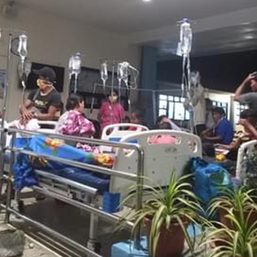
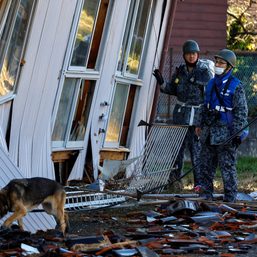
![[ANALYSIS] Lessons in resilience from Japan’s New Year’s Day earthquake](https://www.rappler.com/tachyon/2024/01/TL-japan-earthquake-warning-system-jan-3-2024.jpg?resize=257%2C257&crop_strategy=attention)
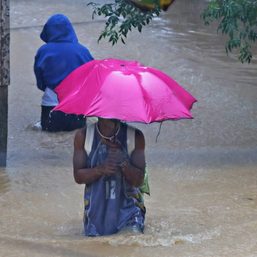


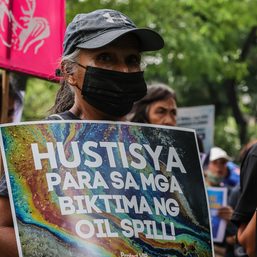
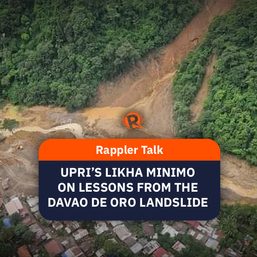
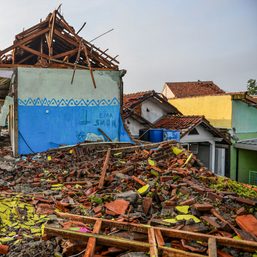
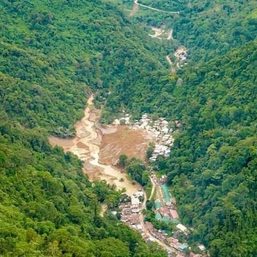
There are no comments yet. Add your comment to start the conversation.